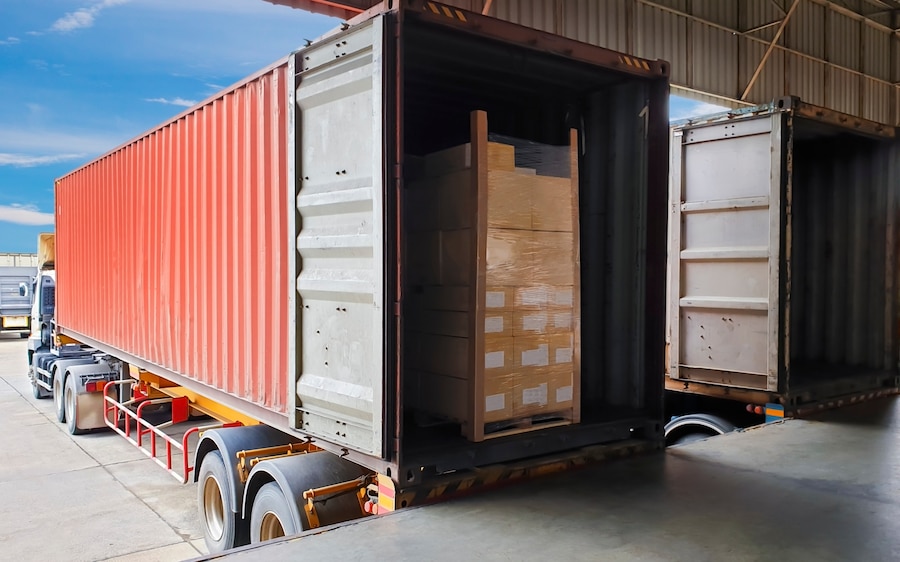
Introduction
In the fast-paced world of logistics and supply chain management, the efficient movement and storage of goods is crucial for businesses to thrive. Among the various aspects of logistics, storage freight plays a pivotal role in ensuring the smooth flow of products from manufacturers to consumers. Over the years, storage freight has evolved significantly, embracing innovative technologies and practices that have revolutionized the way goods are stored, organized, and transported. This article explores the evolution of storage freight and its impact on modern logistics solutions.
The Traditional Approach to Storage Freight
Traditionally, storage freight involved the utilization of warehouses and distribution centers to house and manage inventory. These facilities typically relied on manual labor for activities such as loading, unloading, and organizing goods. Although this approach served its purpose, it often proved time-consuming, labor-intensive, and prone to errors.
The Rise of Automated Storage Systems
The advent of automation technology brought about a paradigm shift in the storage freight industry. Automated storage systems, such as robotic picking and retrieval systems, automated guided vehicles (AGVs), and conveyor systems, revolutionized the way goods are stored and moved within warehouses.
Robotic picking and retrieval systems, equipped with advanced sensors and computer vision, are capable of autonomously locating, picking, and retrieving items from storage shelves. AGVs, on the other hand, are self-guided vehicles that transport goods within the warehouse, eliminating the need for manual labor and reducing the risk of human error. Conveyor systems streamline the movement of goods, optimizing the workflow and minimizing operational inefficiencies.
These automated storage systems not only enhance the speed and accuracy of storage operations but also improve the overall safety and security of the goods. Additionally, they enable businesses to maximize their storage space by utilizing vertical storage solutions such as automated vertical lift modules (VLMs) and high-density racking systems.
The Integration of Internet of Things (IoT) and Data Analytics
Another significant development in storage freight is the integration of the Internet of Things (IoT) and data analytics. IoT-enabled devices, such as smart sensors and RFID tags, provide real-time data on the condition, location, and movement of goods. This data is collected and analyzed to optimize inventory management, improve supply chain visibility, and enhance decision-making processes.
With the help of data analytics, businesses can identify patterns, forecast demand, and optimize inventory levels. By leveraging this valuable information, companies can minimize stockouts, reduce excess inventory, and improve order fulfillment rates. Moreover, data analytics enable predictive maintenance, allowing for proactive repairs and minimizing equipment downtime.
The Emergence of Cloud-Based Storage Solutions
Cloud computing has also made a significant impact on storage freight. Cloud-based storage solutions provide businesses with scalable, secure, and cost-effective options for storing and managing their inventory. These solutions eliminate the need for on-premises servers and infrastructure, reducing capital expenses and allowing companies to focus on their core competencies.
Cloud-based storage systems offer real-time access to inventory data from anywhere, enabling remote inventory management and collaboration between multiple stakeholders. This accessibility and transparency facilitate better decision-making, improve customer service, and enable businesses to respond quickly to market demands.
Conclusion
The evolution of storage freight has transformed the logistics industry, offering unprecedented efficiency, accuracy, and scalability. The adoption of automated storage systems, integration of IoT and data analytics, and the emergence of cloud-based solutions have revolutionized the way goods are stored, organized, and transported. As technology continues to advance, we can expect further innovations in storage freight, enabling businesses to optimize their supply chains, reduce costs, and deliver superior customer experiences. Embracing these advancements will be critical for companies to stay competitive in today’s dynamic marketplace.
